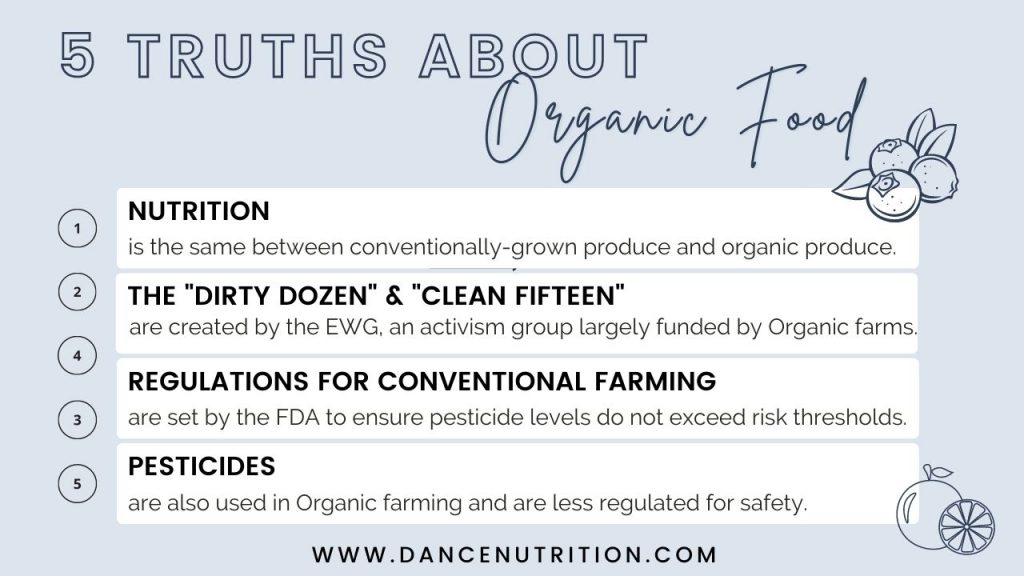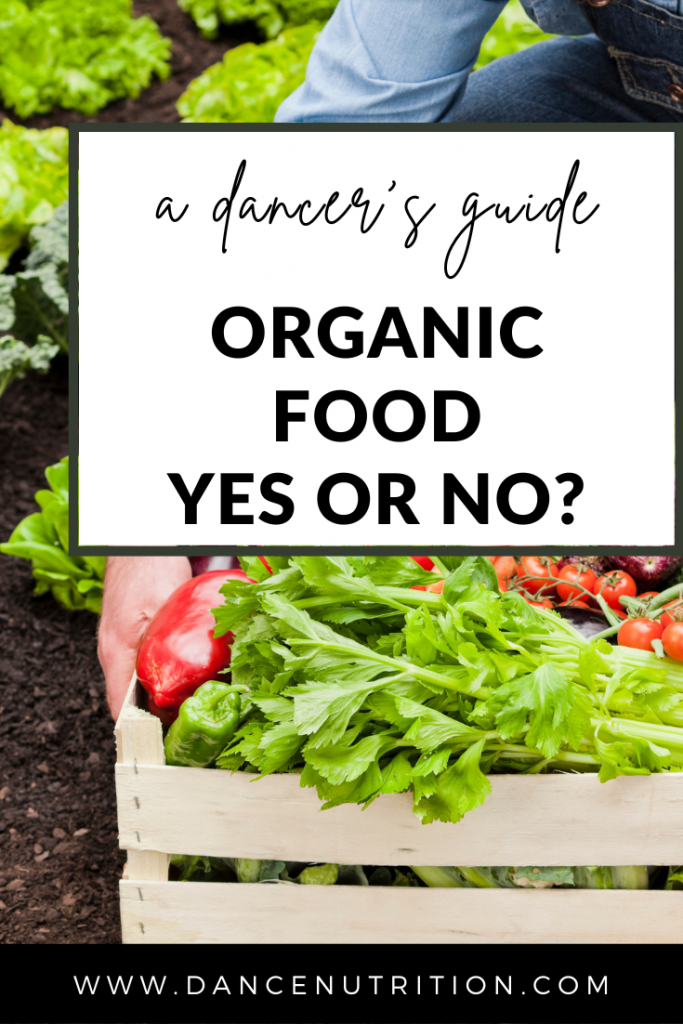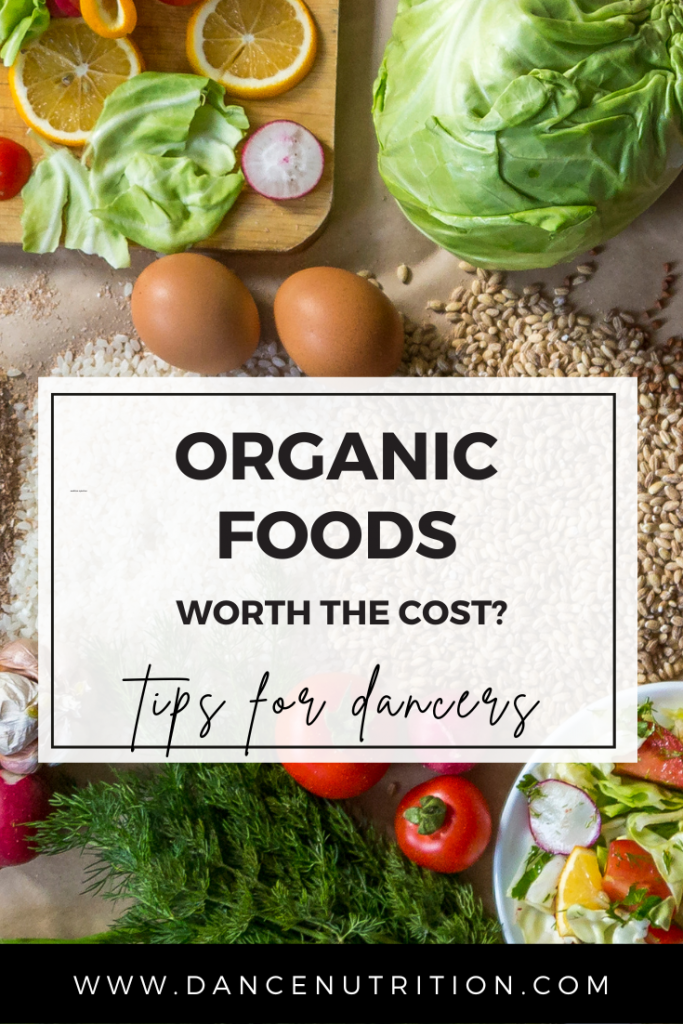The organic food market has transformed from a niche trend to a multibillion-dollar industry. The USDA’s organic certification governs how foods are grown and processed, setting federal standards for soil quality, pest control, animal welfare, and the use of substances like hormones, antibiotics, and additives. But the question remains: is organic food actually healthier?
What Does It Mean To Be “Organic”?
To earn the USDA organic label, agricultural producers must follow strict practices that:
- Foster resource cycling and promote ecological balance.
- Maintain soil and water quality while conserving biodiversity.
- Minimize synthetic materials such as certain fertilizers and pesticides.
According to the USDA, USDA-certified organic products must be:
- Produced using only allowed substances.
- Overseen by a USDA NOP-authorized certifying agent.
- Produced without prohibited methods like some forms of genetic engineering and sewage sludge.
In short, “organic” refers more to how food is produced than to what’s in it.
A Deeper Look: Understanding the Label
The term organic can be confusing. Labels vary, and so does what they actually mean:
- “100% Organic” is made entirely with certified organic ingredients.
- “Organic” means at least 95% of ingredients are organic.
- “Made With Organic…” is when at least 70% of ingredients are organic.
That’s a wide range— many consumers assume all organic labels are equal, when in fact, they’re not. The complexity of labeling can make it hard to know what you’re paying for.

Is Organic Worth the Investment?
Each year, the Environmental Working Group (EWG) releases its Dirty Dozen and Clean Fifteen lists— fruits and vegetables ranked by pesticide residue levels. These lists are created using information from the USDA’s Pesticide Data Program and are updated annually. The goal: to help consumers choose where to “go organic” and where it might not matter as much.
However, critics argue these lists can be misleading. Some research suggests EWG’s interpretations are inconclusive, exaggerate risk, and may be influenced by funding from organic industry stakeholders.
In addition to this is the reality of dose dependency. Terms like “toxic” and “cancer-causing” often make headlines but don’t reflect real-world exposure levels. The reality: pesticide residues found on conventionally grown produce are typically far below levels considered unsafe by regulatory agencies.
Is Organic Food Safer?
In the U.S., the Environmental Protection Agency (EPA) sets safety limits (known as “tolerance” levels) to determine amounts of additives that can be safely used both directly (in human food like produce) and indirectly (in animal feed for livestock).
Multiple scientific reviews have found no consistent evidence that organic foods are more nutritious or safer than conventional ones (here’s anymore evidence!). Nutrient differences, when present, are minimal and not clinically meaningful.
Not convinced? Here’s a great website to calculate how many servings of any fruit or vegetable it would take to meet your daily exposure limit (and justify saving financially on those conventionally grown). Fun fact: my limit for apples is 850 in one day!
What About Glyphosate?
Glyphosate, a common herbicide, often appears in food safety discussions. Side note: Herbicides are pesticides. Research shows glyphosate doesn’t accumulate in the body and is excreted mostly unchanged. Regulatory agencies around the world set limits to ensure safe consumption.
The consensus? Typical dietary exposure is far below harmful levels. Organic foods may have lower glyphosate levels, but that doesn’t necessarily translate to better health outcomes.
Environmental Considerations
Organic farming typically avoids synthetic pesticides, relying instead on “natural” alternatives. But here’s the nuance:
- Natural doesn’t always mean safer or more sustainable.
- Many pesticides used in both systems originate from natural compounds— about 99.9% of all pesticide chemicals, including synthetic ones, are derived from plants.
- Organic produce is ALSO grown using some of these pesticides.
- Some organic-approved pesticides are very safe, but less effective, meaning farmers must use more of them. This comes with higher costs and a greater environmental impact.
In other words, “organic” and “environmentally friendly” aren’t interchangeable terms.
Hormones and Antibiotics in Meat
Hormones: The use of hormones in poultry and pork has been banned in the U.S. since the 1950s. Labels such as “Raised without Hormones” can be misleading and redundant on these products. Hormones may still be used in beef cattle to support growth, and these practices are regulated for safety. This may even help reduce greenhouse emissions.
Antibiotics: Antibiotics help prevent and treat disease in livestock, and strict regulations ensure residue levels in food remain safe. International organizations, including the World Health Organization, have established safety guidelines and strict rules to ensure that food products do not contain unsafe residues.
The Bottom Line: Organic vs. Conventional
In 2015, the CDC found that only 9% of adults ate the recommended amount of vegetables and 12%met fruit intake goals. A 2016 study showed that while many consumers prefer organic produce, the higher price often limits access— especially for low-income families.
From a nutrition standpoint, organic food is not inherently healthier. Both organic and conventional foods are held to safety standards that protect consumers. The real priority? Eating more fruits, vegetables, and whole foods regardless of how they’re grown. This is because the benefits of eating produce— fiber, vitamins, minerals, and antioxidants— far outweigh any potential risks from trace pesticides or additives.
So, if your goal is to support health, performance, and longevity— especially as a dancer— focus less on organic versus conventional and more on consistency and variety in your overall diet.
Key Takeaways
- Organic certification governs how food is produced, not necessarily its nutritional content.
- Pesticide residues in conventional produce are well within safe limits.
- “Natural” does not always mean safer or more sustainable.
- Both organic and conventional foods are regulated for safety.
- The most important step: eat more produce, no matter the label.




